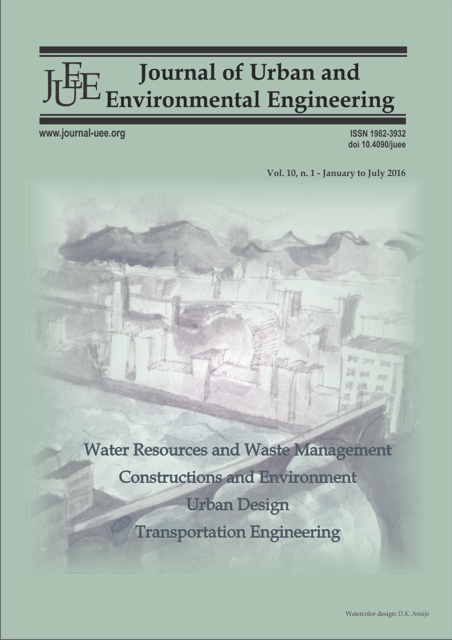Evaluation of the performance of image classification methods in the identification of vegetation
DOI:
https://doi.org/10.4090/juee.2016.v10n1.62-71Keywords:
Supervised calssification, Vegetation Identification, Ambiental monitoringAbstract
Orbital imaging techniques offer comprehensive coverage of different regions for numerous environmental and socioeconomic applications, revealing the spatial characteristics and land use of those regions. The advantages of remote sensing include its ability to record spatial distribution patterns, and spectral and temporal data over large regions. The objective of this research is to evaluate the performance of different multispectral image classification methods in the selection of general vegetation, based on a set of samples taken from a LandSat 8 image. The quality of multispectral images and their final classification is usually evaluated based on the Kappa index, which is used as the quality standard in many remote sensing software programs. The classification methods chosen for this study were Parallelepiped, Maximum Likelihood, Mahalanobis Distance, and neural networks. The most suitable classification was used as standard and the other images were compared with it to determine the degree of similarity ranking (IS1x), defined as the percentage of pixels classified differently from those of the standard image. The IS1x was determined using a Matlab routine involving pixel subtraction between images. The results indicate that probability distribution methods are more suitable for discriminating vegetation types than other methods, and that some band combinations should be chosen.Downloads
Download data is not yet available.
Downloads
Published
2016-08-23
Issue
Section
Articles




